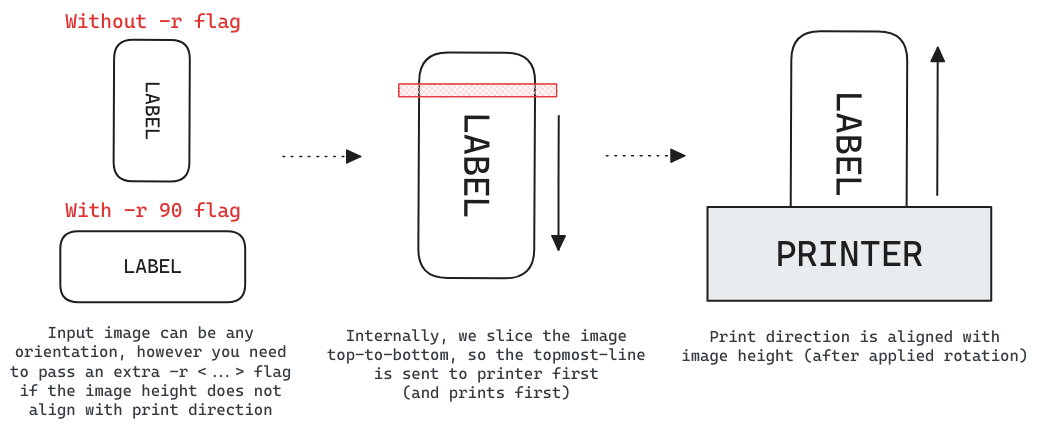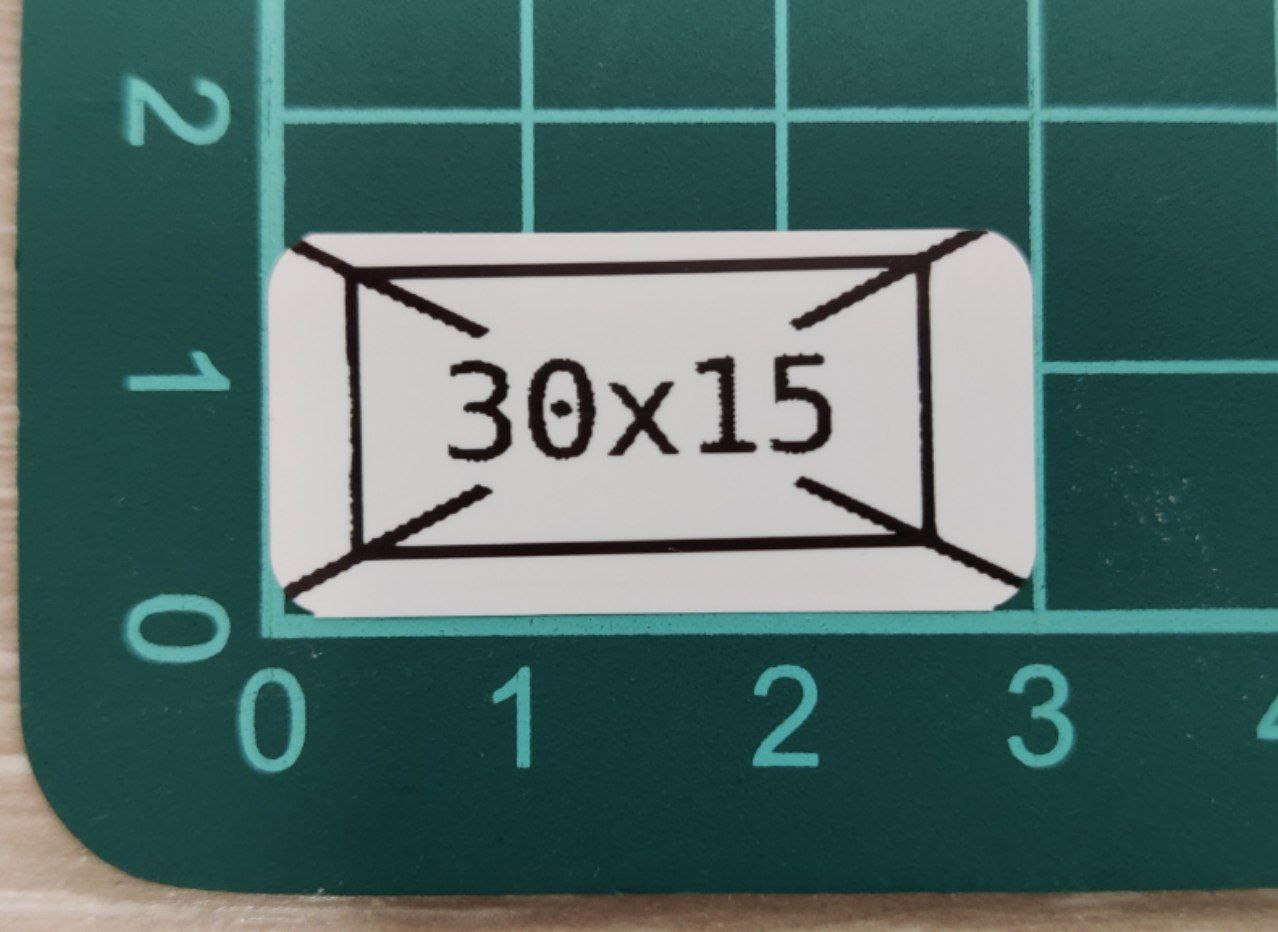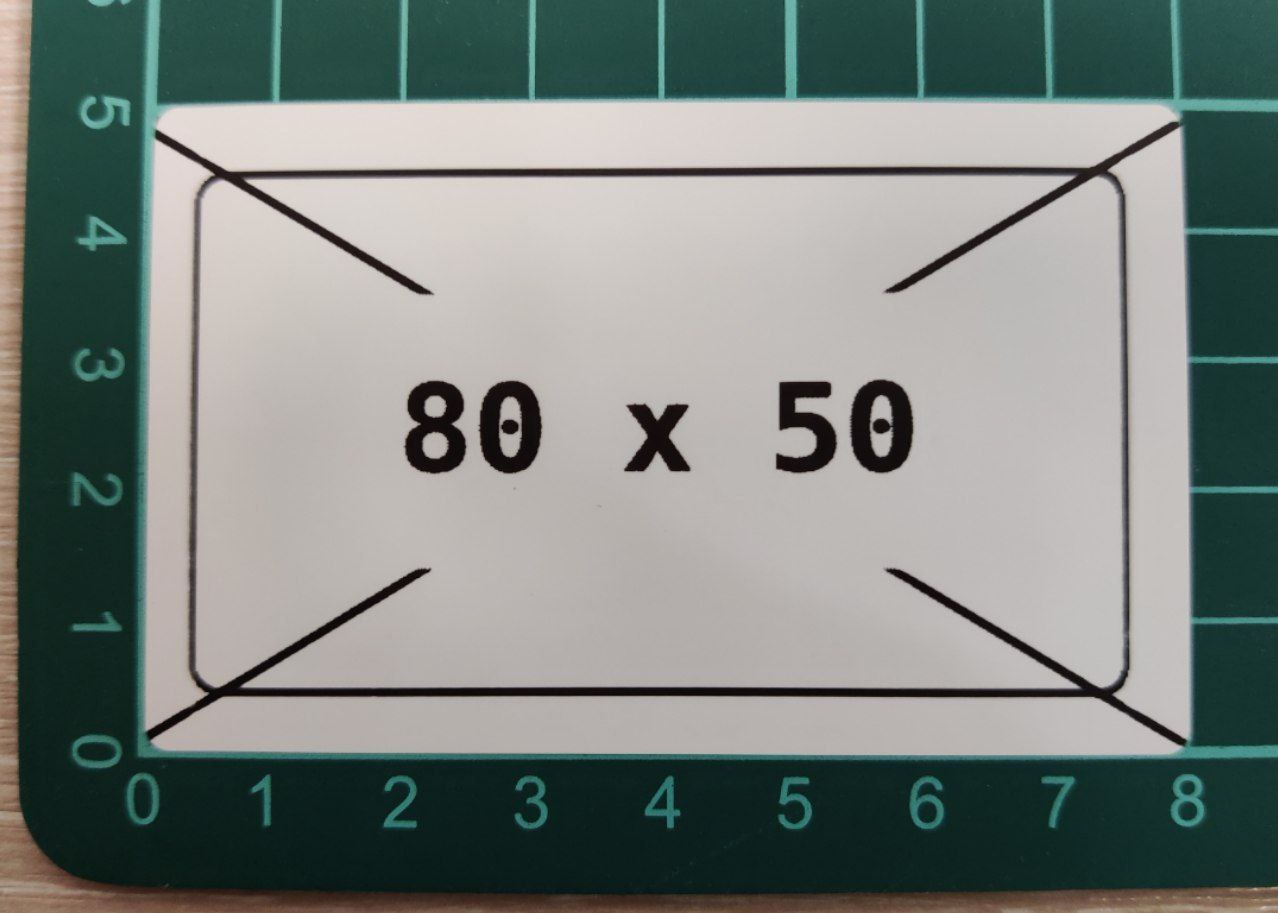Fork changelog & differences from original version:
- Tested on Niimbot B1, B18, B21, D11, D110 and Python 3.11
- Added transport abstraction: switch between bluetooth and USB (serial)
- Disabled checksum calculation for image encoding (works fine without it so far)
- Switched to click CLI library instead of argparse
- Integrated pyproject.toml and poetry
- Integrated pre-commit and ruff, re-formatted all files
- Miscellaneous refactoring / file renaming / etc.
Recommended method is to use poetry and install with poetry install. However requirements.txt is also provided for convenience. Project is tested on Python 3.11, but should work on other versions.
$ python niimprint --help
Usage: niimprint [OPTIONS]
Options:
-m, --model [b1|b18|b21|d11|d110] Niimbot printer model [default: b21]
-c, --conn [usb|bluetooth] Connection type [default: usb]
-a, --addr TEXT Bluetooth MAC address OR serial device path
-d, --density INTEGER RANGE Print density [default: 5; 1<=x<=5]
-r, --rotate [0|90|180|270] Image rotation (clockwise) [default: 0]
-i, --image PATH Image path [required]
-v, --verbose Enable verbose logging
--help Show this message and exit.
Generally, the image comes out of the printer with the same orientation you see it on your screen. You can have your input image rotated as you like, but adjust its orientation by passing -r <...> flag. See the image below for clarification.
As far as we've tested, Niimbot printers have 8 pixels per mm (~203 dpi) resolution. The CLI prints the image you provided as-is, without any checks of the actual label size, so be careful. However the script will check if the image width is too big for selected printer. The maximum width in pixels is usually slightly less than specified maximum width in mm:
- B21, B1, B18: max 384 pixels (almost equal to 50 mm * 8 px/mm = 400)
- D11: max 96 pixels (almost equal to 15 mm * 8 px/mm = 120)
For USB connection, you can omit the --addr argument and let the script auto-detect the serial port. However, it will fail if there're multiple available ports. On linux, serial ports can be found at /dev/ttyUSB*, /dev/ttyACM* or /dev/serial/*. On windows, they will be named like COM1, COM2 etc. Check the device manager to choose the correct one.
It seems like B21 and B1 (and maybe other models?) have two bluetooth adresses. They have the same last 3 bytes, but the first 3 are rotated (for example AA:BB:CC:DD:EE:FF and CC:AA:BB:DD:EE:FF). Connection works only if you disconnect from one and connect to the other. After connecting via bluetoothctl you may get org.bluez.Error.NotAvailable br-connection-profile-unavailable error, but printing works fine regardless.
To identify which address is the correct one, run bluetoothctl info on the address you want to check. The incorrect one might list UUID: Generic Access Profile and UUID: Generic Attribute Profile, while the correct one will list UUID: Serial Port.
B21, USB connection, 30x15 mm (240x120 px) label
python niimprint -c usb -a /dev/ttyACM0 -r 90 -i examples/B21_30x15mm_240x120px.png
B21, Bluetooth connection, 80x50 mm (640x384 px) label
python niimprint -c bluetooth -a "E2:E1:08:03:09:87" -r 90 -i examples/B21_80x50mm_640x384px.png
MIT. Originally developed by kjy00302, forked & enhanced by AndBondStyle


